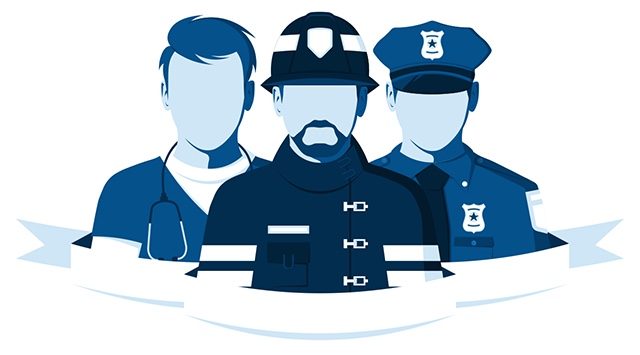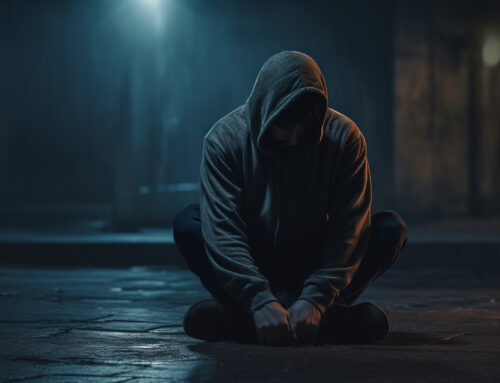When we think of suicide loss we naturally think of friends and family, but there is another group of people that need our support: first responders. Suicide rates for first responders are 20% higher than the general public. More die by suicide than in the line of duty. Many believe PTSD (Post Traumatic Stress Disorder) is the reason behind the spike in suicides. This can be caused by the many traumas they are witness to. When a family loses a loved one to suicide, especially a youth, we expect to care for them, but what about the first responders on the scene? Who takes care of them?
“First responders are heroes who run towards danger every day in order to save the lives of others. They are also human beings, and their work exerts a toll on their mental health,” Jay Ruderman”, President of the Ruderman Family Foundation, an organization committed to disability and civil rights.
Just as with other suicide data, quality research on first responder suicides is limited, but a survey of more than 4,000 first responders found that 6.6 percent had attempted suicide, that is 10 times higher than the national average according to the Journal of Emergency Medical Services. Many of the public remain unaware of these numbers because first responder suicides go largely uncovered by the mainstream media.
The training that first responders receive does not prepare them for the mental impact of what they see on the job. Add that to the stigma of mental illness and suicidal ideation, along with the “pull yourself up by your bootstraps” mentality in America, and you have a group of men and women who are afraid or don’t ask for help. “Bravery is part of the job, and putting other people before you put yourself is part of the job. So, I think there’s a culture within these professions that prevents many from seeking the help they need,” Miriam Heyman, the senior program officer at the Ruderman Family Foundation. Lack of access to care is another huge problem. Of the 18,000 law enforcement agencies across the US, only about 3-5% have suicide prevention training programs (Law Enforcement Today 2018). That is unacceptable.
It is time we end the silence and the suffering of our first responders and remove the stigma surrounding mental health. Better training and access to programs that all responders can access are crucial. They rush in to save us, isn’t it about time we save them?
Bibliography
Law Enforcement Today. 2018. Suicide rates among first responders 20 percent higher than general public. December 23. Accessed February 26, 2019. https://www.lawenforcementtoday.com/suicide-rates-first-responders-20-percent-higher-public/ .
The Ruderman Foundation. n.d. Study: Police Officers and Firefighters Are More Likely to Die by Suicide than in Line of Duty. Accessed February 28, 2019. https://rudermanfoundation.org/white_papers/police-officers-and-firefighters-are-more-likely-to-die-by-suicide-than-in-line-of-duty/ .
Venteicher, Wes. 2017. Increasing suicide rates among first responders spark concern. March 19. Accessed February 25, 2019. https://www.firerescue1.com/fire-ems/articles/222673018-Increasing-suicide-rates-among-first-responders-spark-concern/.







Leave A Comment